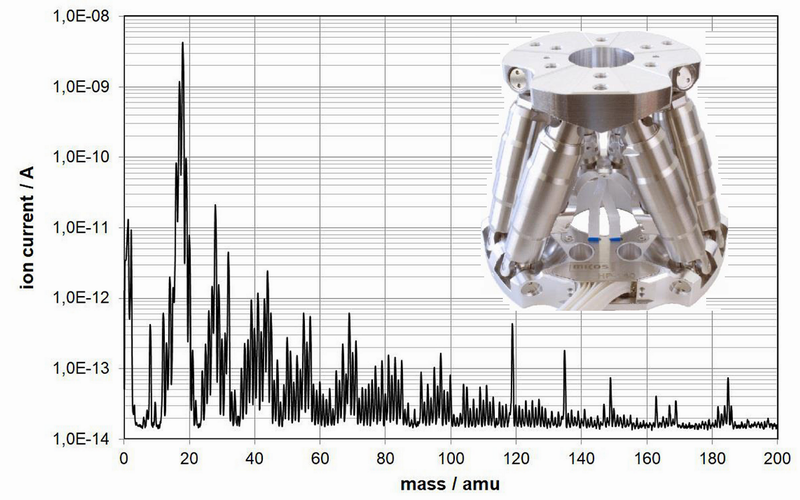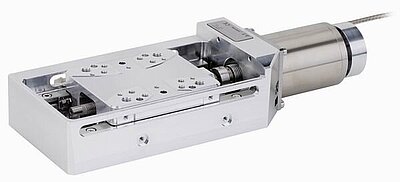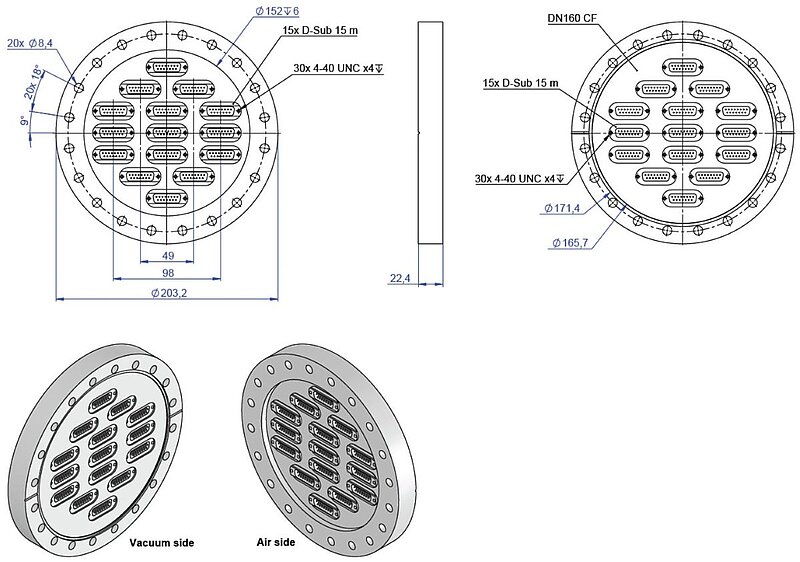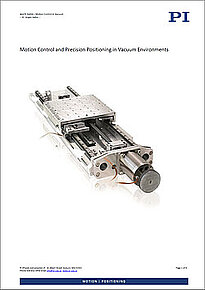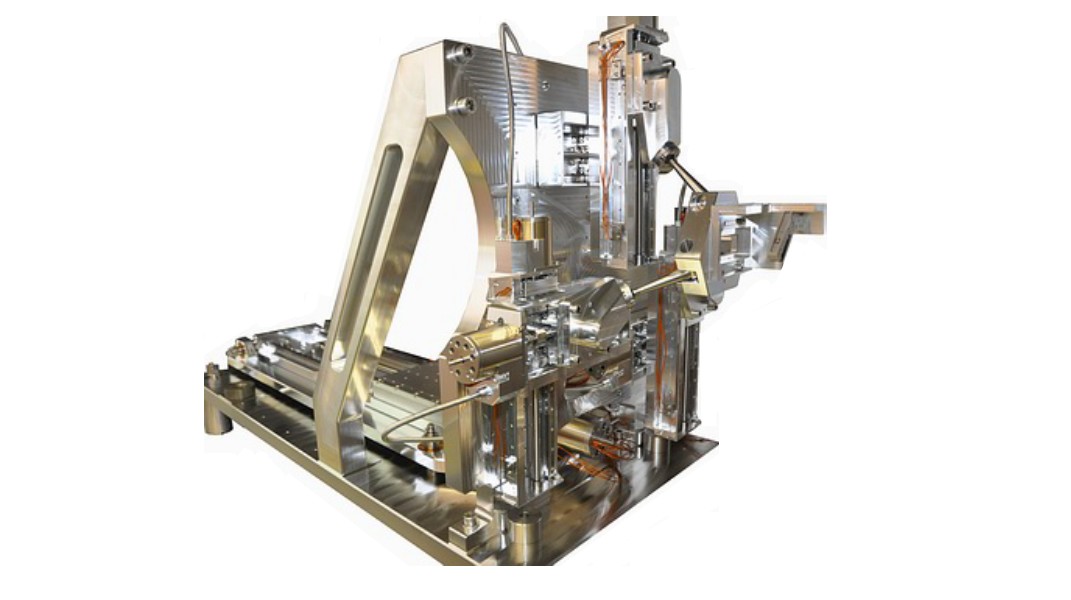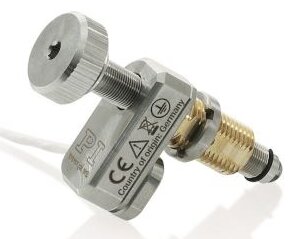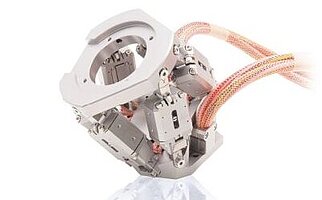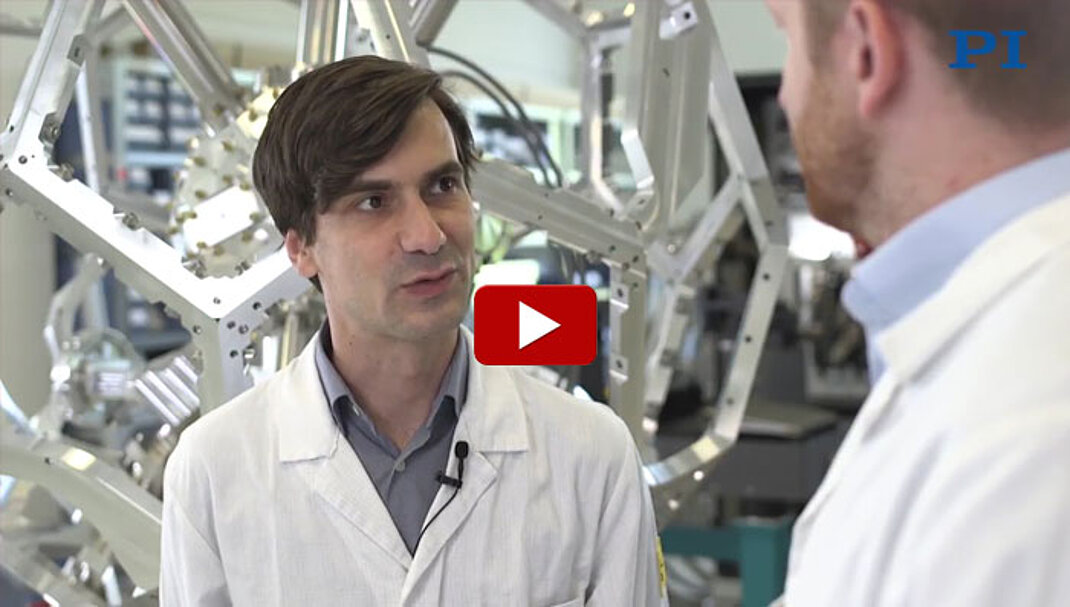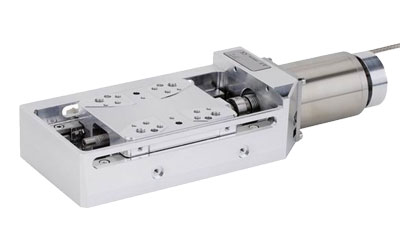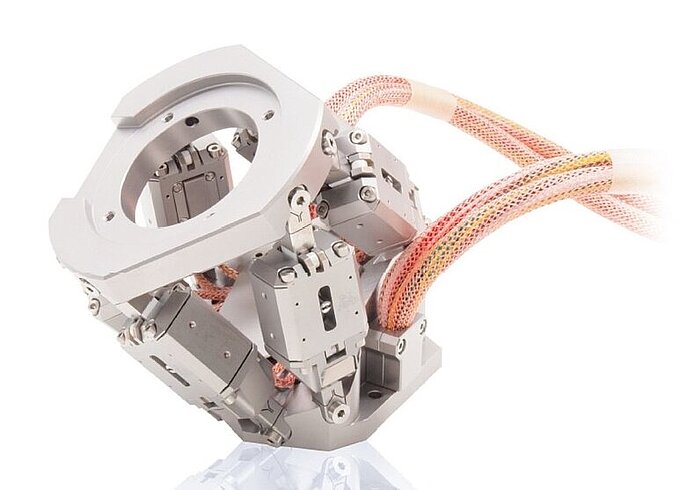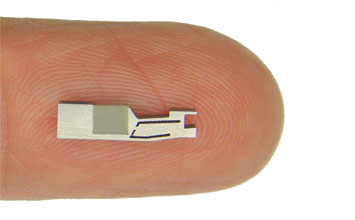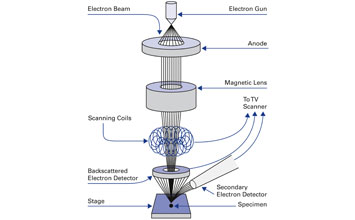What’s vital for humans can be detrimental for technology. The advancement of photonics, semiconductor, laser manufacturing technologies sees an increase of applications that require the use of vacuum-compatible equipment and environments with extremely low pressures down to 10exp-9 mbar and below. The same is true for big science research, as found in beamline facilities. High precision positioning and motion control equipment is key to progress of the above applications – but what works well in atmospheric environments can be a show stopper for vacuum applications. Good lubrication, a prerequisite to long life of any motion component takes on a whole new dimension in vacuum, as the use of conventional grease and oil cause problems with outgassing.
In order to maintain precision and reliability— the two key factors to the success of industrial processing — motion and positioning equipment has to be designed accordingly. These properties are entwined in ongoing quality assurance and process control. Reliability is key for any industrial manufacturing process and maintaining stringent accuracy levels over time minimizes margins of error and increases overall yield. This focus has been one of the driving forces behind the intensive development of motorized precision positioning equipment such as linear and rotary nanopositioning stages in recent history.
The ability to adjust the position of components / workpieces with nanoscale precision, repeatedly through extensive use cycles, is relevant to a diverse range of fields including atomic force microscopy (AFM), optical metrology and semiconductor manufacturing. Motorized positioning stages can now satisfy the extreme sensitivity demands of even the most challenging application areas.
High Vacuum & Ultra-High Vacuum Motorized Stages Explained
Certain processes cannot be performed under atmospheric pressures but rather require vacuum and extreme cleanliness. Production equipment, including any motion control components that are inside the vacuum chamber need to be engineered to not only withstand the low-pressure conditions of vacuum processing but also not to emit (outgas) substances that might interfere with processes, optics or other equipment. There are several pressure regimes relevant to motorized stages of this caliber:
- Rough vacuum – extending as low as 10-2 millibar (mbar) – refers to conditions where many gas / vapour molecules still exist within a chamber, but the bulk gas has been exhausted using a pumping system.
- Process vacuum conditions occupy the pressure range from approximately 10-2 – 10-4 mbar. Here, after initial evacuation the vacuum chamber can be back-filled with special process gasses
- High vacuum refers to the pressure range of 10-5 – 10-9 mbar, where the chamber is empty of all but residual species.
- Ultra-high vacuum is the lowest possible pressure regime achievable with current pumping equipment, extending below 10-9 mbar. UHV chambers are typically void of all but extremely light residual gas molecules like hydrogen.
Operating motorized stages in HV/UHV conditions is challenging for many reasons. At these pressures, trace contaminants on equipment surfaces can desorb in situ and contaminate the process. Mechanical bearings and components that require lubrication also pose a risk of contamination, rendering many conventional motorized stage designs unsuitable for use in HV/UHV processing. When designing motion systems for vacuum applications, it is important to start with the application. For the coating of optics, different vacuum levels can be required, such as for X-ray crystallography for example. The partial pressure of hydrocarbons is often more important than the absolute vacuum pressure. The use of plastics in encoders, cables, limit switches or lubricants with the wrong specifications can result in the excessive contamination of surfaces with hydrocarbons. UV laser light can break down hydrocarbons and destroy optics. Experience in selecting the right materials and handling processes is critical for delivering a solution that will satisfy the requirements of each individual application. Preferred materials for vacuum positioning stages are: stainless steel; titanium; bronze; aluminium; ceramic; sapphiere; Viton; Teflon; PEEK; Kapton; and Macor.
Smaller is Better
When it comes to vacuum, smaller is better. Smaller vacuum chambers can be pumped down faster. Smaller motion equipment allows for smaller chambers, saving time and money. There may be other constraints placed upon HV/UHV stages too. Vacuum conditions are induced in hermetically-sealed chambers using a pump or a series of pumps operating in tandem. Preserving the integrity of the vacuum requires strict adherence to process control standards and careful selection of components and materials used in the chamber.
To adjust and control the position of components or workpieces in situ, motorized stages must be compatible with the relevant connections and feedthroughs.
A further complication is the fact that HV/UHV processing typically involves a compound of difficult environments, such as extreme ultraviolet (EUV) or sometimes cryogenic temperatures. This compound of challenging conditions could cause many motorized stages to fail. Even specialized equipment can fall behind here, if the not designed with the specific HV/UHV processing application in mind.
HV/UHV Motorized Stages from PI
Physik Instrumente (PI) is a global supplier of motorized stages and piezo ceramic stages for standard and vacuum/UHV applications. All our vacuum-compatible positioning systems are engineered with carefully screened components and materials, minimizing particle emission and outgassing for high-purity process conditions. We utilize aluminum alloys, stainless steels, or titanium in our motorized stages, with a choice of surface finishing options adapted to the required vacuum class.
If you would like more information about using our HV/UHV motorized stages in your application area, simply contact a member of the PI team directly today.
Blog Categories
- Aero-Space
- Air Bearing Stages, Components, Systems
- Astronomy
- Automation, Nano-Automation
- Beamline Instrumentation
- Bio-Medical
- Hexapods
- Imaging & Microscopy
- Laser Machining, Processing
- Linear Actuators
- Linear Motor, Positioning System
- Metrology
- Microscopy
- Motorized Precision Positioners
- Multi-Axis Motion
- Nanopositioning
- Photonics
- Piezo Actuators, Motors
- Piezo Mechanics
- Piezo Transducers / Sensors
- Precision Machining
- Semicon
- Software Tools
- UHV Positioning Stage
- Voice Coil Linear Actuator
- X-Ray Spectroscopy
